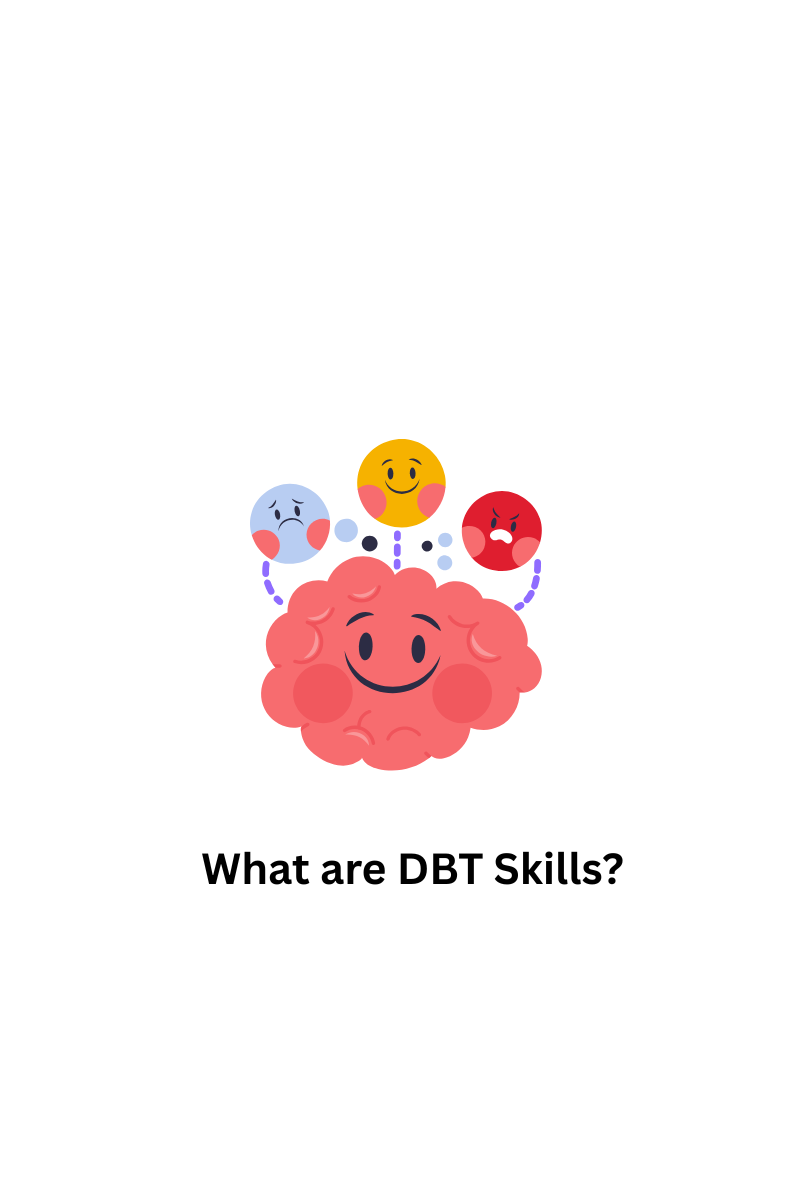Helping kids handle big feelings can feel like walking a tightrope. One moment, everything is calm — the next, emotions come crashing in. That’s where DBT (Dialectical Behavior Therapy) skills for kids come in. These tools give children simple, practical ways to recognize feelings, calm down, and respond in healthier ways. Whether you’re a parent supporting your child at home or a teacher guiding a classroom, DBT skills can make life a little smoother — for both you and the kids you care for.
What Are DBT Skills?
DBT (Dialectical Behavior Therapy) started as a therapy for adults, but it’s now widely used with children. At its core, DBT helps kids:
- Notice their emotions instead of being controlled by them
- Find calm in stressful situations
- Communicate clearly with peers, parents, and teachers
- Make choices that lead to better outcomes
In other words: DBT gives kids a toolkit for everyday challenges.
The Four Core DBT Skills for Kids
DBT is often taught through four main skill areas. Here’s how they work for children:
1. Mindfulness 🧘
Kids learn to pay attention to what’s happening right now without judgment.
- Classroom example: Begin the day with a one-minute “quiet breathing” routine.
- At home: Play the “Five Senses Game” — name one thing you can see, hear, smell, taste, and touch.
2. Emotion Regulation 💖
These skills teach children to notice and name feelings, and to respond in healthy ways.
- Example: Instead of saying “I’m mad!” and stomping, a child learns to say, “I feel frustrated — I need a break.”
3. Distress Tolerance 🌊
When life gets tough, kids can use tools to stay calm without making the situation worse.
- Examples: The STOP skill (Stop, Take a breath, Observe, Proceed) or squeezing a stress ball.
4. Interpersonal Effectiveness 🤝
Children practice asking for what they need, setting boundaries, and showing respect.
- Examples: Using DEAR MAN to ask for help, or GIVE skills to build friendships.
Simple DBT Tools for Everyday Use
You don’t need therapy training to use DBT with kids. Try these easy ideas:
- Mindfulness: Breathing games, bubble blowing, or mindful coloring
- Emotion Regulation: Praise small moments of self-control, keep a “feelings chart” visible
- Distress Tolerance: Play “charades” with coping strategies — act them out and guess
Interpersonal Skills: Role-play asking a teacher for help or practicing polite “no” answers
Why DBT Skills Work for Kids
DBT works because it’s practical and repeatable. Kids don’t just talk about feelings — they practice skills until they become habits. Over time, this builds confidence, resilience, and stronger relationships.
Free Resources for Parents & Teachers
Want to bring DBT skills into your home or classroom? We’ve created a free printable resource pack with worksheets, trackers, and activities kids love. 👉 Download your free DBT Skills for Kids worksheets here.
✨ Final Note: You don’t have to wait for “big” emotional moments to teach these skills. The more kids practice when things are calm, the easier it is for them to use DBT strategies when emotions run high.


Leave a Reply